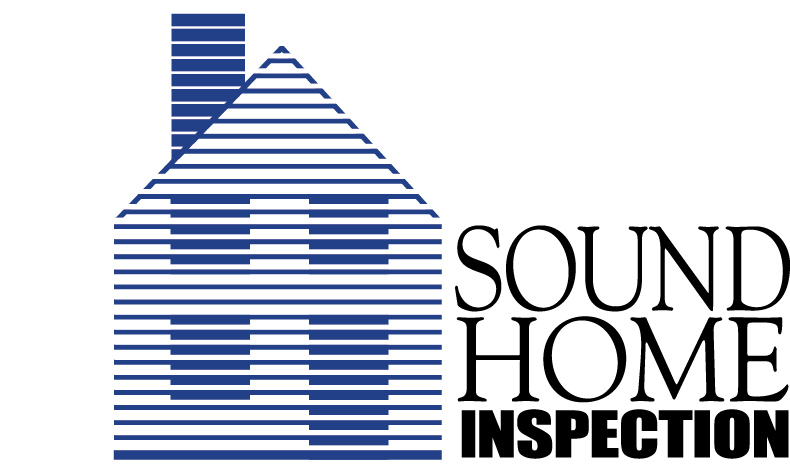Roofing
Roofing Inspections
Roofing is the collection of materials that cover the top of your dwelling. Roofing materials include a variety of products. The most visible of these are shingles, but roofing materials also include flashing, the thin metal pieces that keep moisture from seeping in along the edges of chimneys or furnace vents, fasteners and adhesives. Less common are green roofs, those made from sod or plant material, slate roofs, flat roofs and metal roofs. All of these require different installation techniques. Installed properly, a roof can last for more than a decade.
Roofing makes up the barrier between your living space and the rain, ice, sleet and snow, not to mention adding an insulating layer against the heat. In addition to keeping your living spaces dry, a solid, impenetrable roof is important to keeping mold and mildew out of your attic and walls. An improperly-installed roof can also exacerbate winter ice dams and cause the water that accumulates because of them to enter your building.
To schedule your home inspection, call
(860) 445-1236 today.
Roofing Items Inspected
Want to learn more?
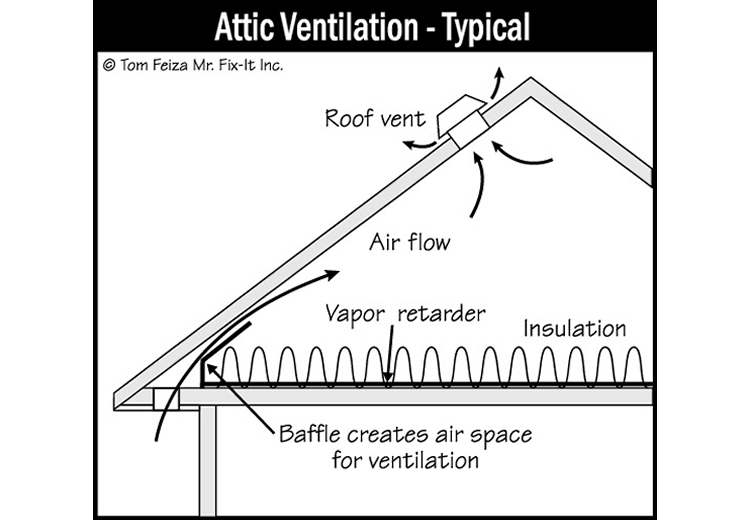
Attic Inspection
A chimney funnels flue gasses, smoke and other emissions from your furnace, wood stove or fireplace to the outside of the building. Chimneys are commonly found on the roof and most often made of brick, although stone and other materials are sometimes used. Chimneys are sometimes decorative, but they don’t have to be. A simple brick shaft is generally sufficient.
Chimneys are important for several reasons. For one thing, they whisk away the smoke from a wood stove or fireplace and prevent your living areas from clouding up. Chimneys also prevent dangerous by-products of your furnace or fireplace, like carbon monoxide, from entering your home and harming your family and pets.
Chimneys must be cleaned periodically to prevent a build-up of creosote, a natural by-product of wood fires. Left unattended, the creosote can become a fire hazard. Chimneys for natural gas fireplaces require less frequent maintenance. Brick chimneys are also subject to weather and decay, as moisture can seep in between the bricks and destroy the mortar over time.
To schedule your home inspection, call
(860) 445-1236 today.
Chimney Inspections
Sound Home Inspection, LLC brings more than 25 years of home inspection experience to your property. We understand that buying or selling a home is a major life event and we want you to have all of the information you need about your own or your prospective property so you can make the best decision possible. Home inspector Tom Morgan has lived in New England for most of his life and knows how the weather, the Atlantic Ocean and the summer heat can affect homes here.
Tom is a well-respected member of the home and commercial inspection profession, a certified member of ASHI and CAHI. He is the author of several magazine articles on home inspection issues.
Sound Home Inspection utilizes the latest technology to get the most accurate readings possible, for example, with radon testing. These tools allow Tom to provide immediate readings and results, which can make the difference in a competitive sale. With detailed reporting, including photographs of trouble areas, Sound Home Inspection, LLC provides a unique level of knowledge, service and quality not available from most others in this industry.
Our knowledgeable staff is available to answer your questions six days a week, Monday through Saturday.
To schedule your home inspection, call
(860) 445-1236 today.
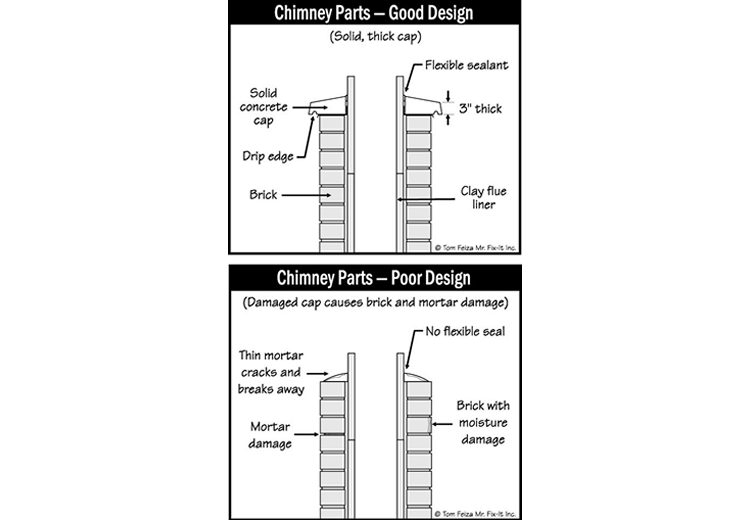
Want to learn more?
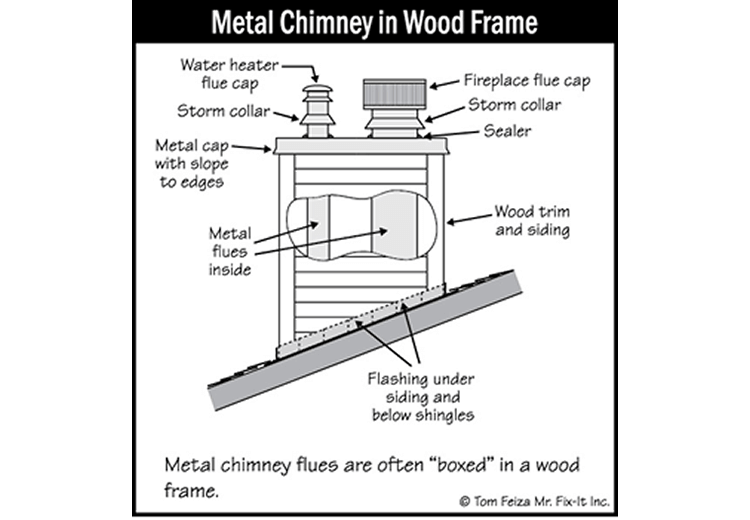
Chimney Crown Inspection
A chimney crown (also called a chimney cap) is the concrete piece that tops the chimney. Not all houses have them, but they should. A well-made chimney crown is designed so that it slopes downward and has an overhang from the chimney itself, aiding in directing water away from the chimney. Chimney crowns are not always visible from the ground.
Chimney caps are often overlooked, but they are essential in keeping rain water and snow out of the masonry that makes up the chimney. A chimney crown functions something like the roof and eaves do on your house. Without a chimney crown, water can seep into the bricks or stones that make up the chimney. In colder climates, this water freezes and causes cracks in the brick, stone or mortar, compromising the integrity of the chimney itself.
To schedule your home inspection, call
(860) 445-1236 today.
Chimney Flashing Inspection
Chimney flashing is thin metal that attaches to the roof surrounding a chimney to deflect rain water and melting snow. Flashing, most often made of copper or aluminum, is constructed to cover the seam around the chimney, causing the water to flow away from the chimney. Flashing can be placed over or under the roofing shingles.
Chimney flashing is an important part of your roofing system and a key factor in keeping the interior of your home dry. Without flashing, rain water can seep under the roofing shingles and find the seam around the chimney. Water can travel along the joists for quite a distance, so the damage from just one leak can be extensive. In addition, moisture in your attic and along your ceiling joists can lead to mold and mildew, creating an unhealthy living environment, especially for those with breathing disorders like asthma and COPD.
To schedule your home inspection, call
(860) 445-1236 today.
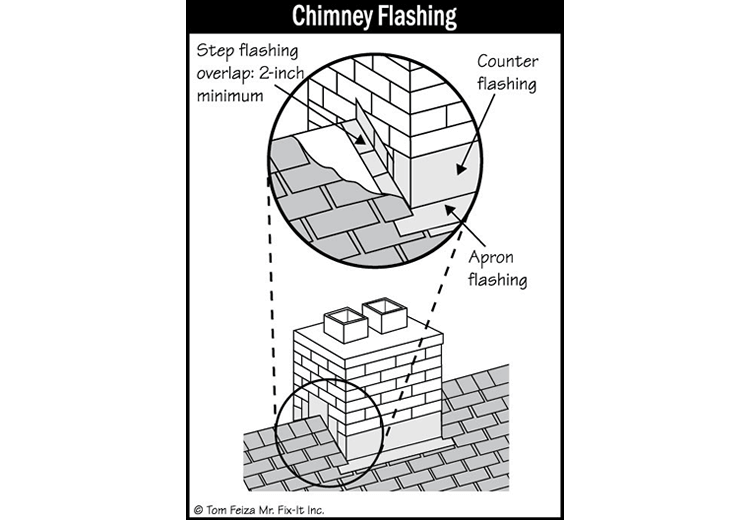
Want to learn more?
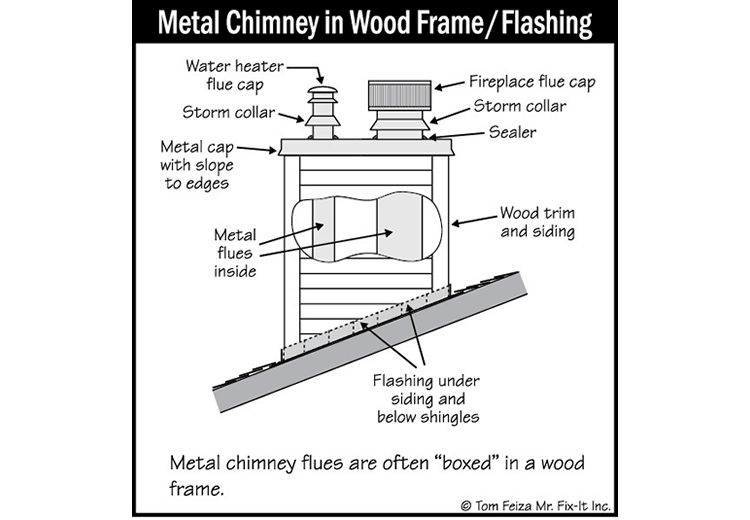
Corner Boards Inspections
Corner boards are the vertical boards found on your roof on the corners of an enclosed chimney structure. These boards are both structural and decorative, and are used to protect the chimney.
Corner boards need to be properly installed and secured with flashing or crickets so that moisture can’t slip under and behind the boards and enter the interior of your home through the chimney or under the roof shingles. Such moisture can lead to mold and mildew problems. Corner boards are also subject to rapid deterioration as they face the wind, rain, snow and sleet. These boards generally need replacing more quickly than boards in more protected areas.
To schedule your home inspection, call
(860) 445-1236 today.
Cricket Inspections
A cricket, also referred to as a saddle, is a peaked, structural piece used to divert water and debris from around a chimney. Without a cricket, debris can get wedged behind the chimney and cause the roof material to decay prematurely. Crickets are used on the back or high side of the chimney and they are usually angled at the same pitch as the roof, but they don’t have to be. Crickets can be installed with or without flashing, depending on their size, and most are not visible from the ground.
Making sure a cricket is properly installed is important to the integrity of the entire roofing system. Water is insidious in finding the slightest flaw in the roofing plane. If water is allowed to enter the attic, it can gradually rot the rafters and cause mold and mildew to form inside your home.
To schedule your home inspection, call
(860) 445-1236 today.
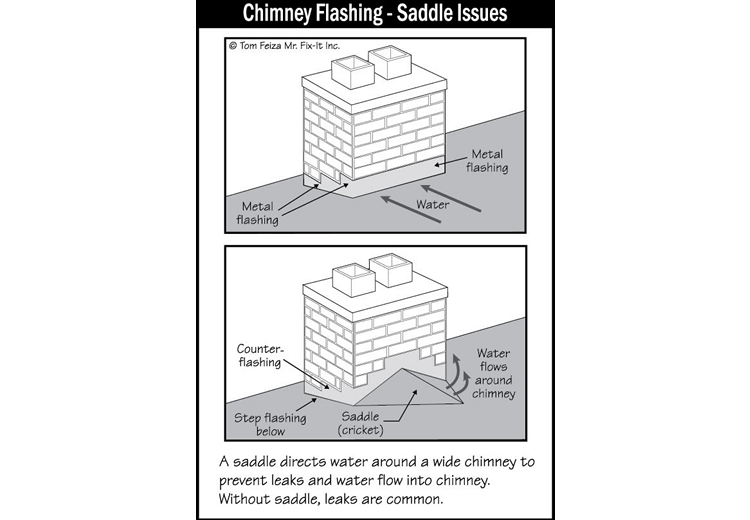
Want to learn more?
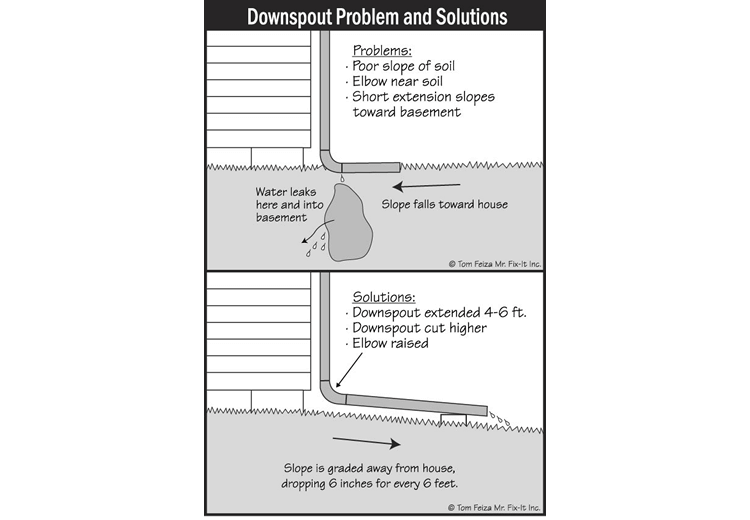
Downspout Inspections
Downspouts are vertical pipes that act as part of your home’s water drainage system. You’ll generally find these at the corners of your house or where one section of the house connects to another. Downspouts attach to your gutters and lead rain water and melted snow away from your roof and foundation. Gutters are more often made of aluminum, but you’ll also see them in copper, PVC (plastic) and even galvanized steel.
Downspouts are an important part of keeping your home moisture-free. Without downspouts, water accumulates where it drops off of the roof, often forming a rut and threatening your foundation. Downspouts give all that moisture somewhere to go. Since these usually are curved at the ground level, the water runs away into to yard, not towards your dwelling. Moisture that is allowed to seep into the foundation or walls can cause a host of problems, including wet basements, mold and mildew, and discolored ceilings.
To schedule your home inspection, call
(860) 445-1236 today.
Roof Elbows Inspections
An elbow is a pipe fitting that allows two straight pipes to be connected. Elbows are usually made in 45 and 90 degree angles, but occasionally you’ll see other angles. Elbows are the pipes that you find under sinks and behind toilets. These pipe fittings are also used in the pipes that carry combustion gases from your furnace or wood stove to the exterior of the house. Elbows are most commonly made of copper, brass, stainless steel and plastic (PVC).
Elbows are an important part of your home’s plumbing system and furnace ventilation system. As with any plumbing junction, these need to be properly assembled with an appropriate gasket and valve, if necessary, to prevent leakage. Water seeping out via the elbow can cause damage beneath your cabinets and in the floor boards. An elbow that leaks on your furnace ventilation system could cause dangerous combustion gases, like carbon monoxide, to enter your living space.
To schedule your home inspection, call
(860) 445-1236 today.
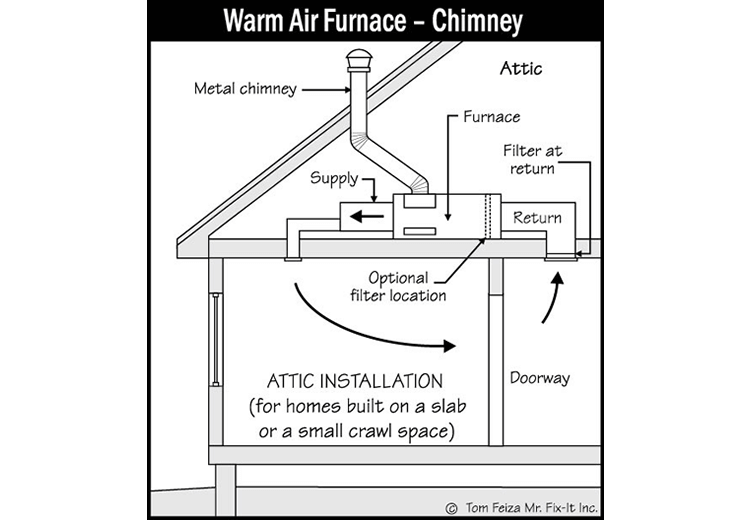
Want to learn more?
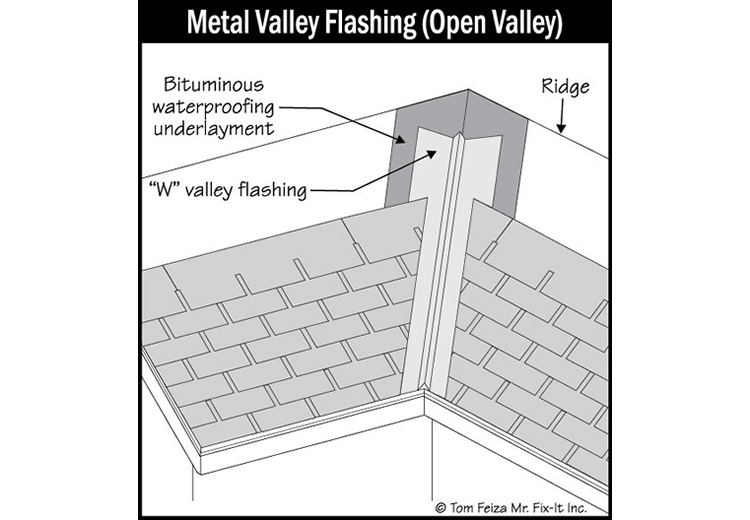
Flashing Inspections
Flashings refer to thin metal pieces that are used in laying a roof to prevent leakage at seams and corners. Flashing can be made of copper, aluminum or galvanized steel. These pieces can be attached over the shingles so they are visible or underneath, where they can barely be seen. Look for flashing where one part of the roof meets another and around things that protrude from the roof, such as chimneys and vents.
Without flashings, even the best roof would likely leak, causing water to seep throughout your attic and living space. Flashings prevent rain water and melting snow from finding their way into your home through the seams that surround apertures in the roof, like chimneys, skylights and furnace vents, or at the corners of the roof. Flashings are installed in such a way so that the water is deflected from the seam rather than collecting in it.
To schedule your home inspection, call
(860) 445-1236 today.
Gable End Vent Inspections
Gable end vents are vents that are installed in the front and/or back of the house at the attic or top level. These vents are often decorative as well as functional and can be made of aluminum, vinyl or composite material. As a general rule, one square foot of vent is required for every 144 square feet of attic space.
Vents are important to your home in both winter and summer. During the winter, they help to keep water vapor from collecting in your attic and compromising the ceiling joists of your home. In the summer, the vents help to keep the attic temperature in check so that your central air conditioning system doesn’t have to work any harder than necessary. A home inspector will check to see that the vents are large enough for the amount of attic space in your home and that the vents are properly placed and installed.
To schedule your home inspection, call
(860) 445-1236 today.
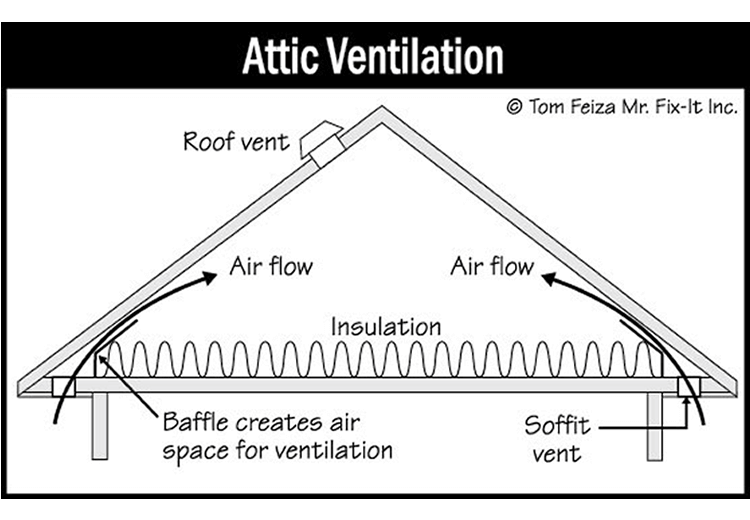
Want to learn more?
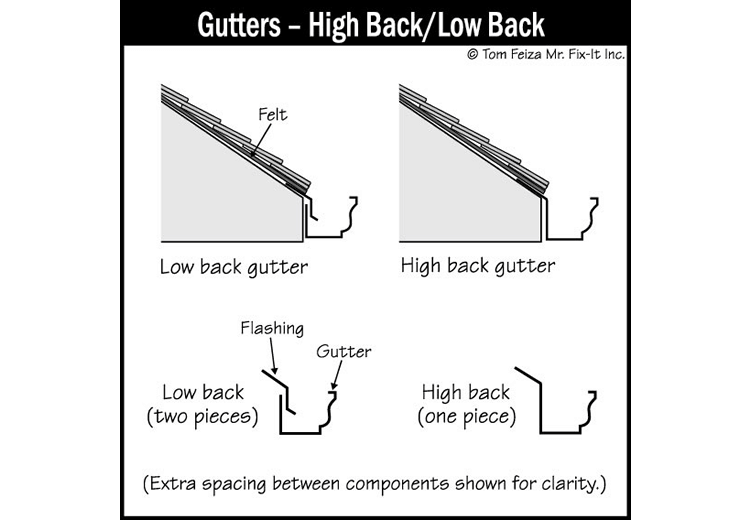
Gutter Inspections
Gutters are part of your home’s drainage system. These are the long channels that hang from your eaves, connect to your downspouts and aid in moving rain water and melting snow away from your dwelling. Gutters are usually made of aluminum, but can also be made of copper, galvanized steel, wood or PVC (plastic).
Without gutters, rain water simply accumulates at the lowest point, which is usually near your home’s foundation. If you have a gabled roof, as many houses do, the rain running off of the roof will eventually form a rut where it hits the ground. This can compromise your foundation and allow water to seep into your basement and walls.
Gutters need to be cleaned at least annually to be effective. Clogged gutters can lead to water overflowing and backing up under the eaves, as well as be a breeding ground for mosquitoes and a convenient home for weeds and saplings. Clogged gutters can also exacerbate winter ice dams, another cause of water leaking in a home.
To schedule your home inspection, call
(860) 445-1236 today.
Number of Layers of Shingles Inspection
Shingles, most often made of asphalt, but sometimes made of wood, slate, fiberglass or metal, are the top layer of your home’s roofing system. Additional layers of shingles can be added for repairs and/or when a new roof is added. Some houses will have two layers of shingles on a roof.
Adding new shingles atop the old shingles is not always the best solution. Putting new shingles over old can be unsightly if not done correctly. Such a roofing job can also make a leaking roof worse by hiding the original problem.
In addition to checking that there are an appropriate number of shingles on a house, a home inspector will also look to make sure that the second (or third) layer of shingles is not just exacerbating an existing roof problem, such as a leaking roof, a roof with insufficient flashing or poor drainage.
To schedule your home inspection, call
(860) 445-1236 today.
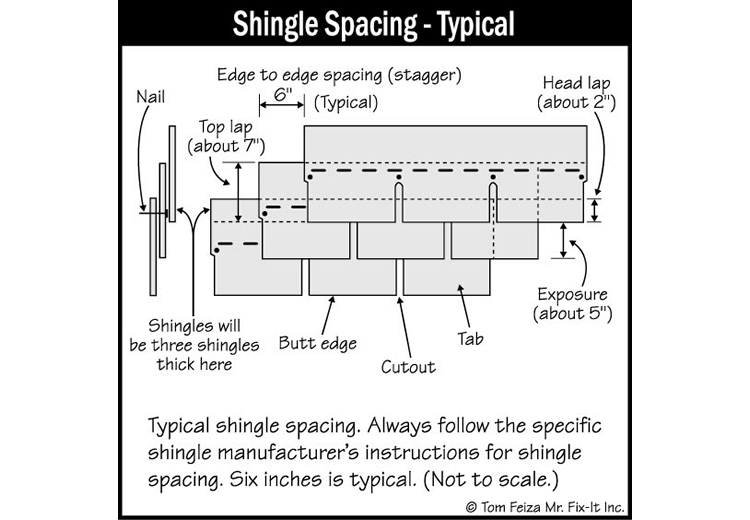
Want to learn more?
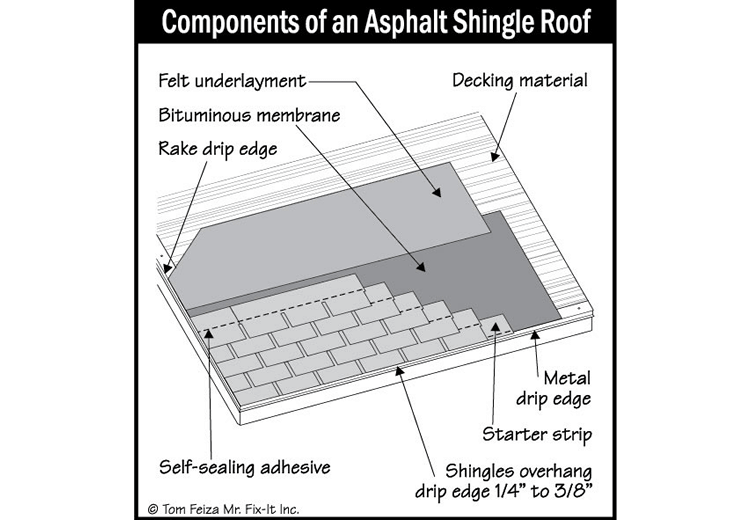
Roof Coverings Inspections
Roof coverings are what protects the inside of your home from the elements. The most common roof covering is made of asphalt shingles, but other materials used include cedar or pine shake, slate, tin and even sod. The type of roof covering you choose depends in large part on your budget and the climate where you live.
Roof coverings not only add beauty to the exterior of your home. They are the first line of defense in keeping rain water and melting snow from entering your attic and seeping into your walls. Depending on the materials used, a well-installed roof can last anywhere from 20 to 100 years.
Avoiding moisture in your home is important to keeping mold and mildew at bay. Excessive moisture can also cause your joists to rot over time and your foundation to crumble.
To schedule your home inspection, call
(860) 445-1236 today.
Roof Drainage Systems Inspections
A roof drainage system is made up of gutters, downspouts and extensions. The job of this system is to guide rain water and melted snow away from your house, roof and foundation and on into the yard. The drainage system components are most commonly made of aluminum, but can also be made of copper, galvanized steel or plastic.
Your roof drainage system is essential to keeping the inside of your house dry and moisture-free. Without this system of channels and pipes, rain water can collect near your foundation, causing moisture in your basement and damage to the stone or concrete that makes up your home’s base. The best drainage systems incorporate a method of moving water several feet away from the house, either by using extensions that connect to your downspouts or by channeling the water underground. (Underground extensions only make sense in climates where the temperature stays above freezing.)
To schedule your home inspection, call
(860) 445-1236 today.
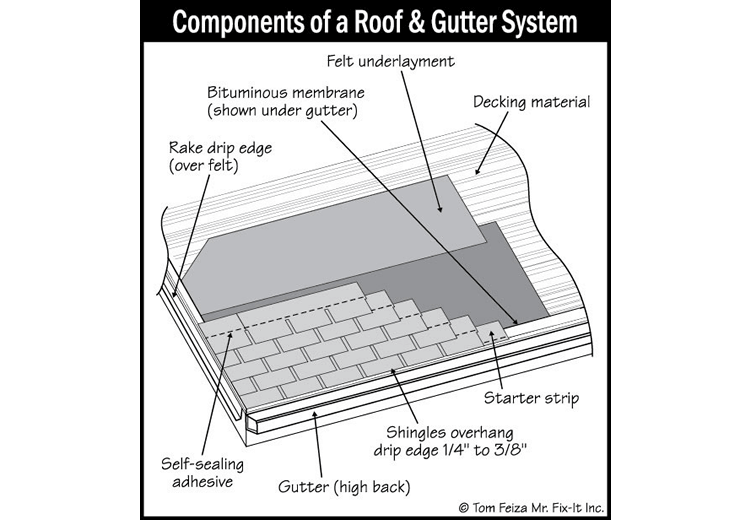
Want to learn more?
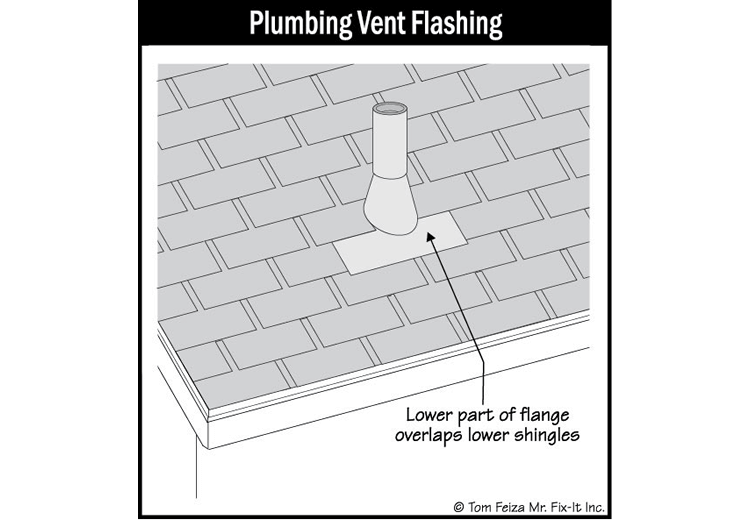
Roof Penetration Inspections
The term roof penetrations refers to an apparatus that juts out from the roof. The most common of these are vents. Vents are necessary for plumbing, exhaust fans, to release hot air from the attic and to channel combustion gasses from the furnace and wood stove. You’ll even sometimes see dryer vents on the roof.
Anything that breaks the seal of the roof can lead to possible water leaks and the resultant mold, mildew and/or water damage. A poorly-designed combustion vent can also lead to condensation problems, leading to water under the roof line. The most common problem with roof penetrations is improperly-installed flashing around the openings. Without flashing to lead rainwater and melting snow away from the sides of the vent, water can — and will — enter the house. On flat roofs, roof penetrations require a curb around them, that is a raised platform, to help deflect water away from the penetrations.
To schedule your home inspection, call
(860) 445-1236 today.
Splash Blocks Inspections
Splash blocks are a part of your home’s roof drainage system. They sit at the ground end of your downspouts and help direct water away from the foundation. Splash blocks are commonly made of concrete, but can also be found in plastic. They generally are rectangular in shape with a shallow trough. They work by giving water that gushes from the downspout a place from which to disperse, rather than just making a rut around the base of your foundation.
Splash blocks are important in helping your drainage work as efficiently as possible. Though many downspouts have curved ends to direct water away from the structure, splash blocks add an additional encouragement for rain water to get away from your building. Without an adequate drainage system, including splash blocks, rain water will accumulate where it falls off of the roof. Often this is near your foundation, causing water to seep in a home’s basement and walls.
To schedule your home inspection, call
(860) 445-1236 today.
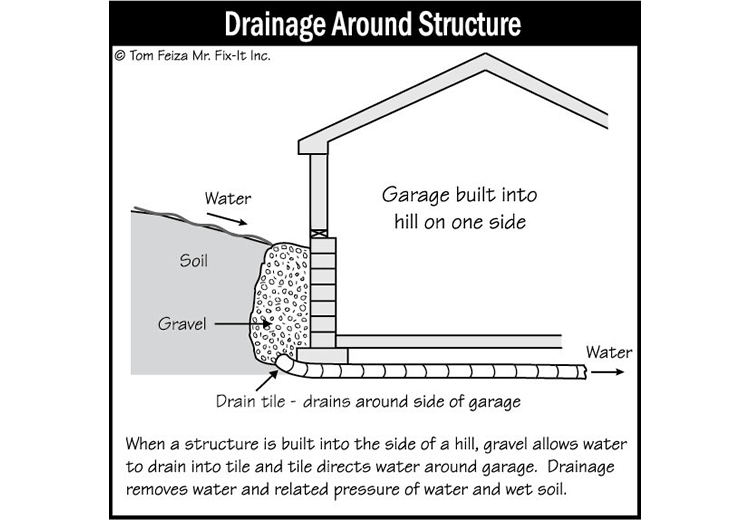
Want to learn more?
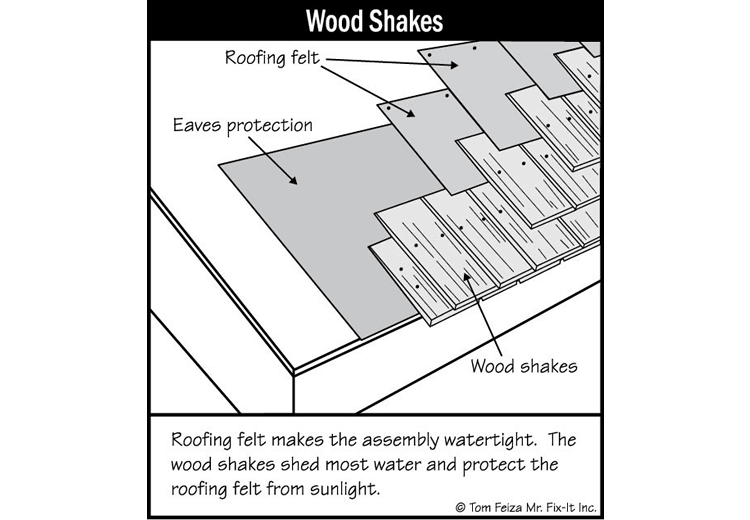
Type of Shingles
Asphalt are the most common type of shingles, but they are not the only type available. Asphalt shingles have the advantage of being affordable and easy to install. A typical, well-installed asphalt roof can last from 20 to 30 years. Laminated shingles are a more recent roofing product. These are made of layered asphalt shingles and give a look similar to slate, at a fraction of the cost. Slate shingles are extremely durable, but rather costly. They give a home a vintage, hand-crafted look and can last up to 100 years. Wood shake shingles are made of treated cedar, pine or spruce. They give a home a rustic, country air. Shake roofs generally last up to 30 years, although individual shingles may need to be replaced due to warping or splitting.
Shingles make up the bulk of your home’s roof. Faulty or poorly-installed shingles can cause your roof to leak and rain water and melted snow to enter your living space. Such leaks are difficult to locate once they begin and can cause unsightly water damage, not to mention mold and mildew.
To schedule your home inspection, call
(860) 445-1236 today.
Windows (Skylights) Inspections
Skylights are windows set in the roof that allow light into rooms with inadequate or absent wall windows. Many skylights are placed on the slope of the roof, but you will also find them installed in flat roofs. Skylights are usually rectangular, but can be found in a variety of shapes. Some models open; others are fixed. Skylights are popular additions to attic bedrooms, artist workrooms and kitchens.
Skylights add light to otherwise dark and dingy spaces. They also add architectural detail and interest. For spaces where privacy is an issue, such as a bathroom or bedroom, skylights add light without the danger of prying eyes.
Since the roof line needs to be cut in order to install skylights, an improper installation job can lead to water leaking around the edges of the window. For a skylight to be secure and leak-free, it needs to have flashing installed and be properly sealed around the edges. Whether this has been done is not always visible to the casual observer.
To schedule your home inspection, call
(860) 445-1236 today.
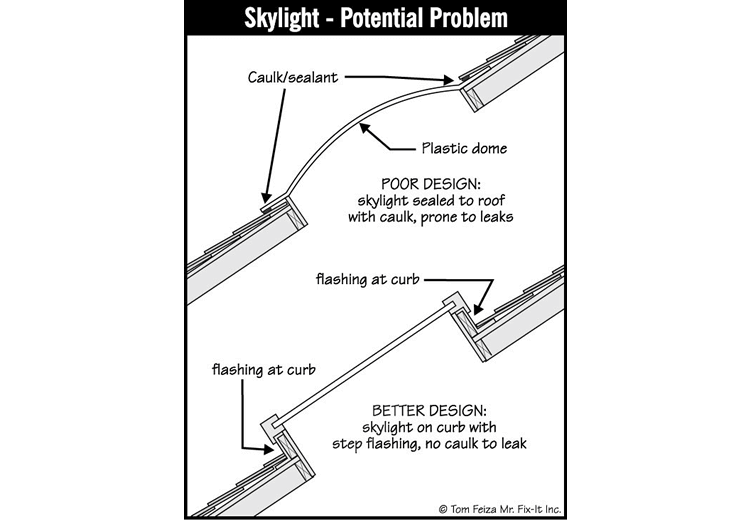
Want to learn more?
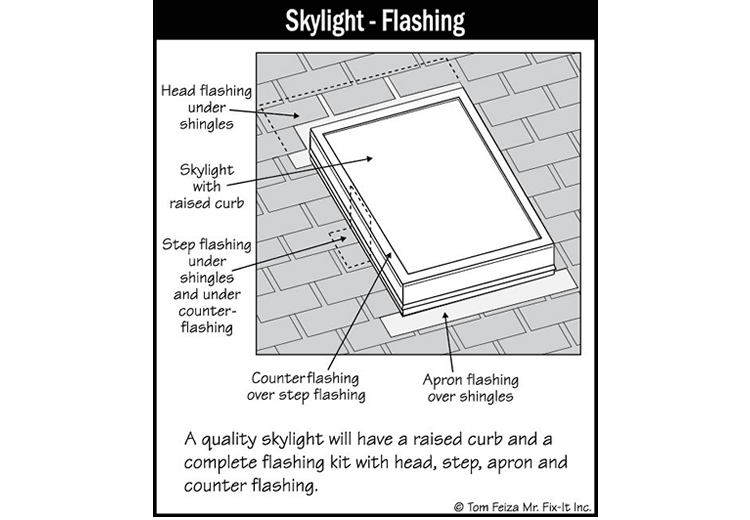
Skylight Window Glass Inspections
Window glass includes the individual panes in mullioned windows as well as the large glass in picture windows … and everything in between. Windows can have single panes or, commonly with new, replacement windows, double or triple panes with an air-tight seal between the layers of panes.
A thorough inspector will look at all of the windows he or she has access to, both from the exterior and the interior. The inspector will check to make sure that the glass isn’t cracked, that the brackets and glazing around the window panes are intact and that the trim is solid. Deteriorating trim can be an indication of water getting inside the window frame, something that can lead to mold and mildew inside your walls. With newer windows, the inspector will check to see that the seal between the layers of panes is unbroken. Signs of condensation between the panes is an indication of a damaged seal.
